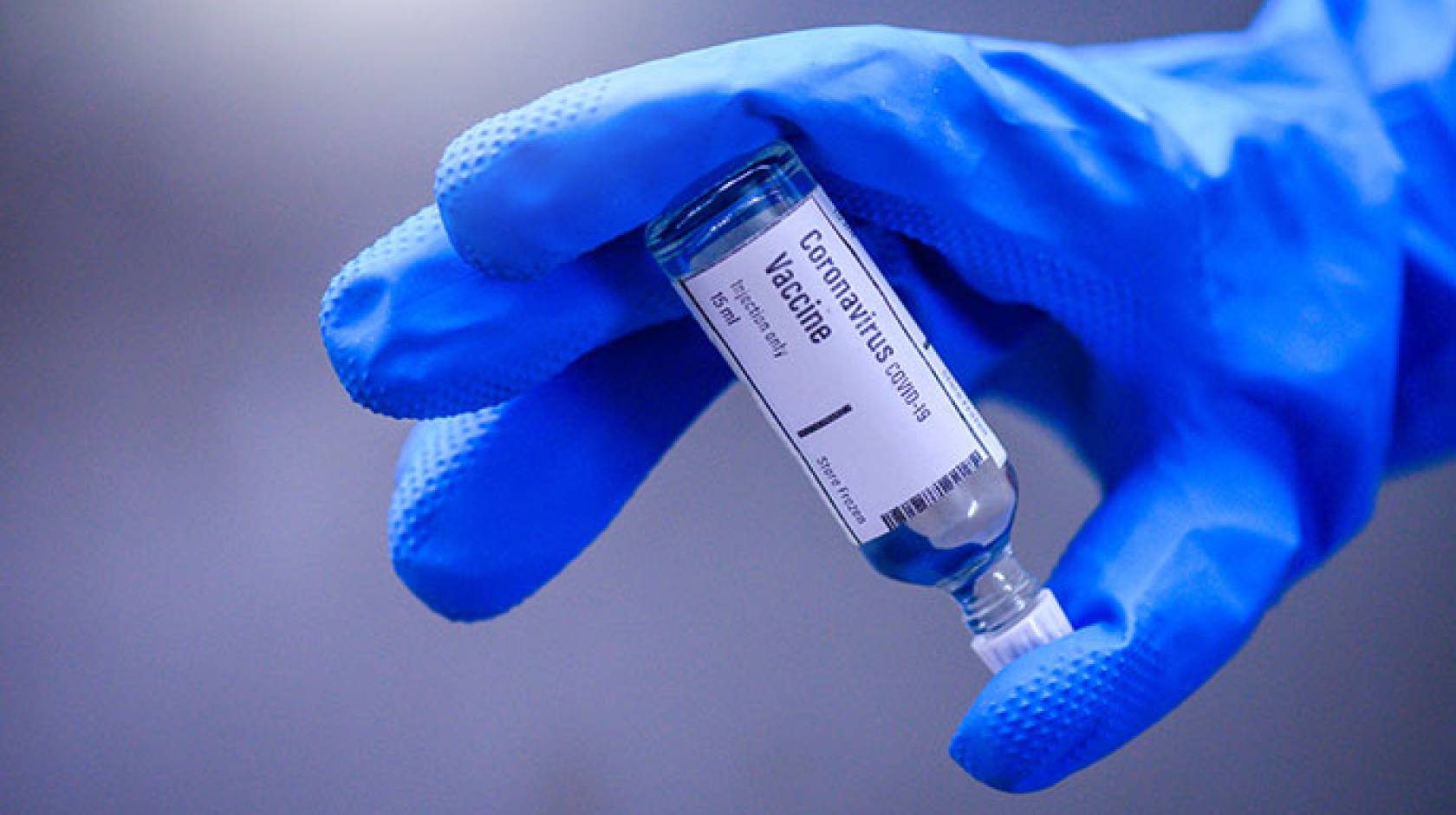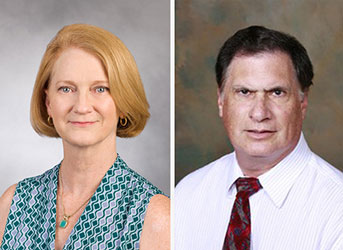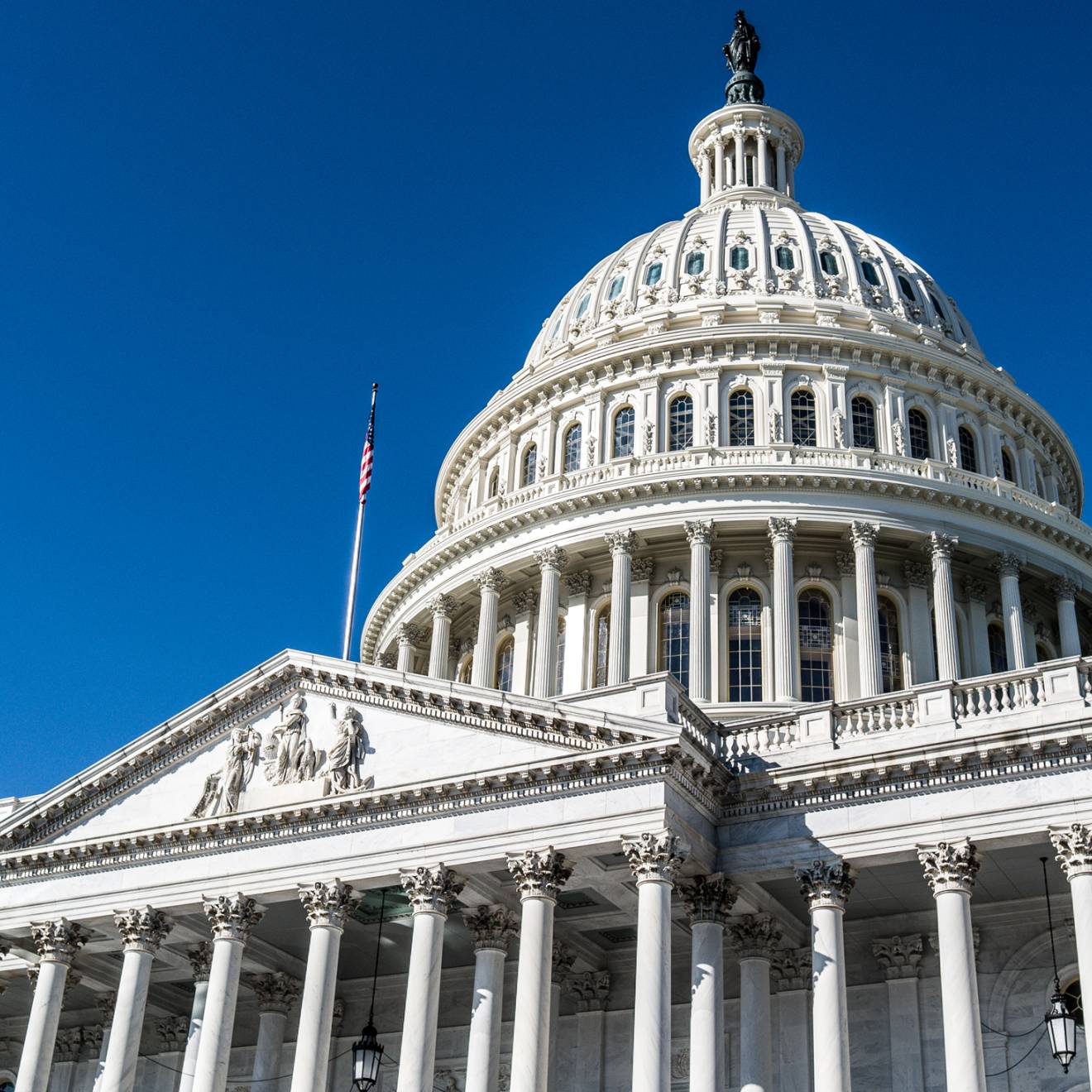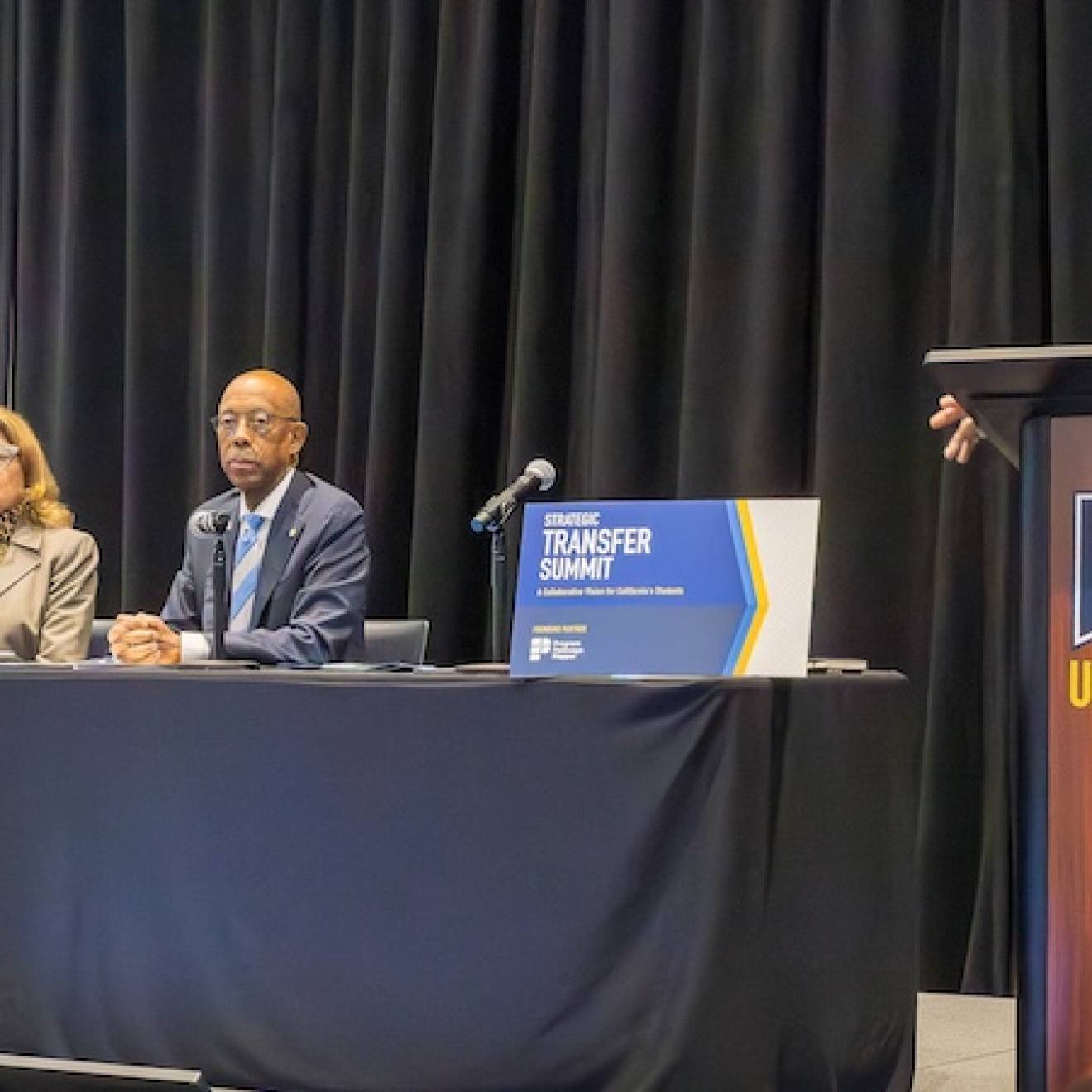Scott LaFee, UC San Diego

Around the world, at least 53 COVID-19 vaccines are currently undergoing clinical trials. Four of the largest and most promising have reached the final Phase III stage. Their safety and effectiveness are now being assessed, using tens of thousands of volunteers. UC San Diego is a testing site for three of the big four: Moderna, AstraZeneca and Janssen/Johnson & Johnson. It is an uncommon opportunity for San Diegans to be a part of medical history — and perhaps get an early shot at immunity from SARS-CoV-2.
To learn more, we spoke with the trials’ two principal investigators: Dr. Susan Little, professor of medicine, and Dr. Stephen A. Spector, distinguished professor of pediatrics, both at UC San Diego School of Medicine.

Q. Is it realistic to hope that one or more vaccines will be approved before the end of the year?
Spector: It is possible, but I think it’s more important to make certain that any vaccine that is licensed is both safe and effective. We should keep in mind that ordinarily new vaccines require a decade or more to develop. Scientists have been working on a COVID-19 vaccine for less than a year, and here we are with multiple trials in Phase III. So, although we would all like a vaccine today, it is critical to make certain that the scientists performing the studies and the public who will be receiving the vaccine have confidence in the process.
Little: The usual process of vaccine development is long and difficult, intentionally so. Many vaccines never make it to the finish line. An approach turns out to be less promising than originally hoped, and is abandoned. A drug candidate may not produce the desired effect in trials or may be associated with unacceptable adverse effects. A lot of things can dramatically slow or stop a candidate vaccine.
Spector: With COVID-19, the development timeline has been incredibly accelerated, in large part because so many people and resources are focused on the task, including at UC San Diego.
Q. How has UC San Diego taken the lead in treating patients with COVID-19?
Little: From the beginning of the pandemic, we have seen an incredible united response from the university — faculty, staff, students, everybody. We saw it in the health system, which quickly marshalled resources to treat a previously unknown illness and in the research faculty, who quickly made clinical research trials available — providing the first potential treatments for COVID-19 to our hospitalized patients. People may forget UC San Diego Health treated the 13th and 14th documented cases of COVID-19 in the country and have successfully been doing so ever since.
As an academic medical center, our role goes beyond effectively caring for patients in need. We’re also charged with advancing our understanding of how COVID-19 causes disease and conducting randomized clinical trials of treatments and vaccines to discover the best therapeutic and prevention strategies.
Spector: UC San Diego is a major research university, one of the best in the nation, and we’re proving it. We have resources like the Altman Clinical and Translational Institute that most places do not. We have access to a world-class health system. Across the campus, scientists and departments have turned their attention to different aspects of the pandemic. They are doing things unimagined a year ago, from basic research on how the coronavirus works and spreads to new ventilator designs to expansive testing methods to conducting clinical trials assessing new therapies, repurposed drugs and, of course, potential vaccines.
Q: How is UC San Diego involved in COVID-19 vaccine trials and how do they work?
Spector: I’m the principal site investigator for the Moderna trial, which began here in July. It’s a randomized, observer-blind, placebo-controlled study — the gold standard for trials. The plan is to recruit up to 30,000 participants at multiple sites across the country. We have currently enrolled approximately 300 participants at UC San Diego. The goal is 500. Half will get the two-injection vaccine; half will get a placebo. The vaccine uses a newer mRNA technology. When the lipid nanoparticle containing mRNA is injected into muscle, the mRNA is translated into the full-length spike protein (the protein thought to confer protection against SAR-CoV-2) and stimulates the human immune system to produce antibodies and cellular immunity against the virus.
Little: I’m the principal investigator for both the AstraZeneca and Janssen trials at UC San Diego, which began in September and October, respectively. Both trials will prioritize making vaccine study participation available to people in San Diego communities that have the highest rates of COVID-19.
For the Janssen trial, we have partnered with National City to establish a semi-permanent vaccine clinic in El Toyon Park. Persons throughout San Diego County who are 18 years of age or older are eligible for both vaccine studies, though enrollment will take place at the specified clinic sites in Southern and Eastern San Diego County. The trial will recruit up to 60,000 participants in multiple countries, including 2,000 at UC San Diego. It builds on a well-tested vaccine platform that has been used for many other infectious diseases, including Ebola and Zika. A deactivated human adenovirus, that cannot replicate in people (and so will not cause people to develop a cold), is modified to carry the protein for the coronavirus’ characteristic spikes. When the cold virus enters host cells, the spike protein prompts an immune response and resulting antibodies.
(NOTE: Johnson & Johnson, the trial sponsor, has temporarily paused the Janssen trial to investigate a reported illness in one participant. It was not yet clear whether the participant had received the candidate vaccine or the placebo.)
The AstraZeneca study will use a unique mobile vaccine clinic strategy that will bring the vaccine clinic to La Mesa, Chula Vista and Imperial Beach. This study will recruit up to 30,000 participants nationally, approximately 1,000 in the San Diego arm of the trial. It uses a weakened adenovirus from monkeys, that can cause a common cold in monkeys, but cannot replicate in humans. The adenovirus is modified to deliver specific SARS-CoV-2 proteins to human cells, which prompts an immune response and production of neutralizing antibodies.
(NOTE: The AstraZeneca trial was paused in mid-September when a participant in the UK trial developed serious neurological symptoms. The participant recovered and the trial resumed in the UK and in other countries but remains on hold in the United States.)
Q. How are the vaccines designed to produce protective antibodies?
Spector: The general idea is to safely expose the human immune system to elements of the novel coronavirus that induce an immune response similar to a natural exposure, but without the risk of actual infection. In this case, that means generating neutralizing antibodies. These are proteins produced by immune cells that recognize and target specific pathogens, bind to them and interfere with the pathogen’s ability to enter cells, rendering them non-infectious. The presence of neutralizing antibodies is fundamental to acquiring immunity to a disease.
What isn’t known yet is how long these neutralizing antibodies to SARS-CoV-2 persist and remain effective. That will have a strong bearing on how frequently an approved COVID-19 vaccine might need to be administered.
Q. Why is it important to develop a COVID-19 vaccine?
Little: As we’ve seen, anyone can become infected with SARS-CoV-2. A significant proportion of people with SARS-CoV-2 infection remain asymptomatic — the overall likelihood of asymptomatic infection is currently thought to be 15 to 20 percent, though this rate decreases with advancing age.
Community transmission of SARS-CoV-2 from both asymptomatic people and pre-symptomatic people (approximately two days of viral shedding that occurs before the onset of symptoms in those who become symptomatic) remains one of the major public health challenges for current mitigation control measures, such as facemasks and social distancing. Persons who may not perceive themselves to be ill are still able to efficiently transmit to others if appropriate hand hygiene, face-masking and social distancing are not practiced.
There are a number of factors that increase the risk of severe illness. People who are more vulnerable to infection include men and older adults, with the risk of severe illness increasing for those over the age of 65. Additionally, certain underlying conditions exacerbate risk: obesity, cancer, chronic kidney or lung disease, a serious heart condition or diabetes, for example.
Q. Are there specific groups or populations of people you would encourage to enroll in one of the trials?
Spector: Because persons of color are at particularly high risk for being infected with SARS-CoV-2, and are at high risk of having serious COVID-19 disease, we are particularly interested in enrolling persons from these communities into the vaccine trials.
Little: Many populations of color have higher rates of hospitalization with COVID-19 and some have higher rates of death. It is critical that all three trials enroll populations of sufficient racial and ethnic diversity to address questions of vaccine efficacy in groups that appear to experience more severe clinical outcomes from COVID-19. We are working hard to outreach to communities of color and encourage their participation, both to better assess the efficacy of the vaccines and to, hopefully, reduce the devastating rates of hospitalization and death in those communities. We are doing this in many ways, through multi-lingual communications, vehicles that bring vaccination opportunities to places in need and community-based clinics.
Q. What else do you want the campus community to know?
Spector: We are living in challenging times. There are moments when I think we all feel a sort of helplessness, that the situation just keeps going from bad to worse. In fact, we’re making progress. The virus is relentless and apolitical. It looks for vulnerabilities and exploits those vulnerabilities. But we are fighting back. Much has been learned about how best to treat patients with COVID-19. Hopefully, we will soon have an effective and safe vaccine that can contribute to getting back to normal. San Diegans have a rare opportunity to be part of the fight by volunteering for a trial.
Little: There are the proven, practical things we can all do now to reduce our risk of viral illness this fall. Flu season is upon us. Get your flu shot! COVID-19 and influenza are different diseases caused by different viruses, but reducing the risk of the latter can only be beneficial. Also, do these three things daily that reduce your risk of contracting either infectious disease: Wear a mask. Socially distance. And wash your hands frequently.
Have more questions? Learn more about the COVID-19 clinical trials and how to participate. We also invite the campus community to continue submitting your inquiries online. A new Q&A with a Return to Learn expert will be published each Thursday in This Week @ UC San Diego for the next several weeks.

